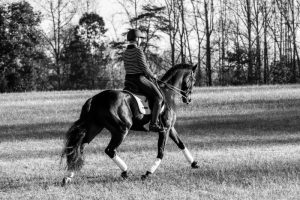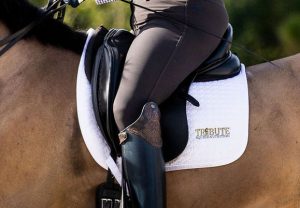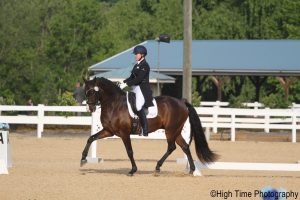Pick & Shovel Work
 I’ve made many FEI dressage horses, most of them out of horses who were complete and utter ding-dongs as children but reformed enough by middle age to be able to do the top-level work on a combination of training and adrenaline. I’ve never really had to think about horse fitness before. But Elvis and Helio are really pleasant, agreeable fellows. They’re not nutty. And they’re not hot. So with Elvis’ Grand Prix debut, and Helio’s rapid approach to that level, I’ve realized that I need a lot more gas in their collective tanks to execute that level of work, with aplomb, and on a hot competition Sunday.
I’ve made many FEI dressage horses, most of them out of horses who were complete and utter ding-dongs as children but reformed enough by middle age to be able to do the top-level work on a combination of training and adrenaline. I’ve never really had to think about horse fitness before. But Elvis and Helio are really pleasant, agreeable fellows. They’re not nutty. And they’re not hot. So with Elvis’ Grand Prix debut, and Helio’s rapid approach to that level, I’ve realized that I need a lot more gas in their collective tanks to execute that level of work, with aplomb, and on a hot competition Sunday.
And I realized I don’t know how to do that. So I fumbled along for a while, and then I got some help from one of the best in the world.
Allow me to explain.
Read the rest at The Chronicle of the Horse!

 I like showing, but I’m not a maniac.
I like showing, but I’m not a maniac.